Simple Basics You Need to Know About Plumbing & Drainage
Know these basic facts about plumbing drainage systems to better understand issues before contacting a professional plumber.

Your home plumbing system consists of 2 subsystems, fresh water and drainage, which work together, moving fresh potable water in and carrying dirty waste water out. Here are a few basic facts that you should know about plumbing drainage systems to understand plumbing problems before calling a professional plumber.
Water Drainage Plumbing Subsystem
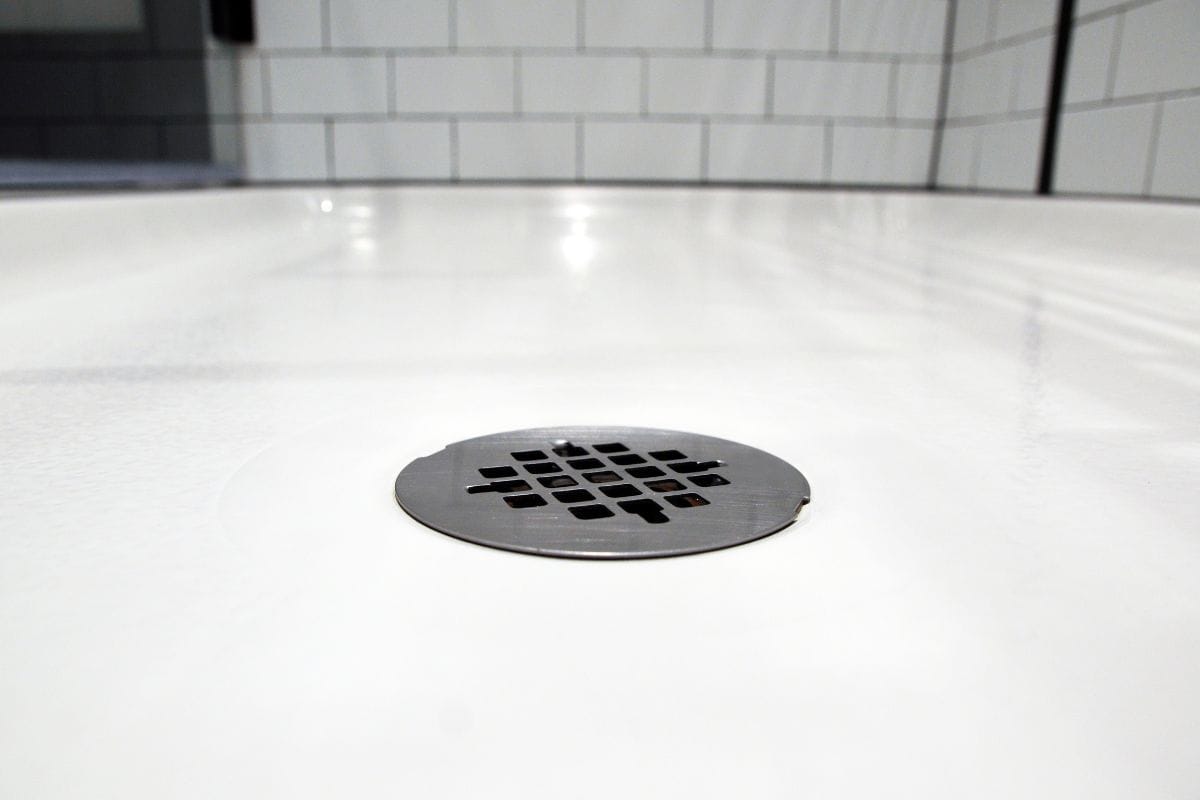
Bathroom drains have traps inbuilt
A water drainage system in residential properties usually works on the principle of gravity, with the drains being sloped and constructed along a plan to carry waste water out using gravitational pull. Although this sounds simple enough on the surface of it, it is actually far more complicated than it sounds and it is important to hire professional plumbing service with adequately trained plumbers to lay your pipes both for inlet supply of water as well as for draining wastewater. Public drainage systems further take sewage to a municipal sewage treatment facility or you may have a septic tank installed. In the absence of a professional plumber involved in the planning stage, it is most likely that you will have drainage and plumbing issues that lead to water damage and costly repairs in the future.
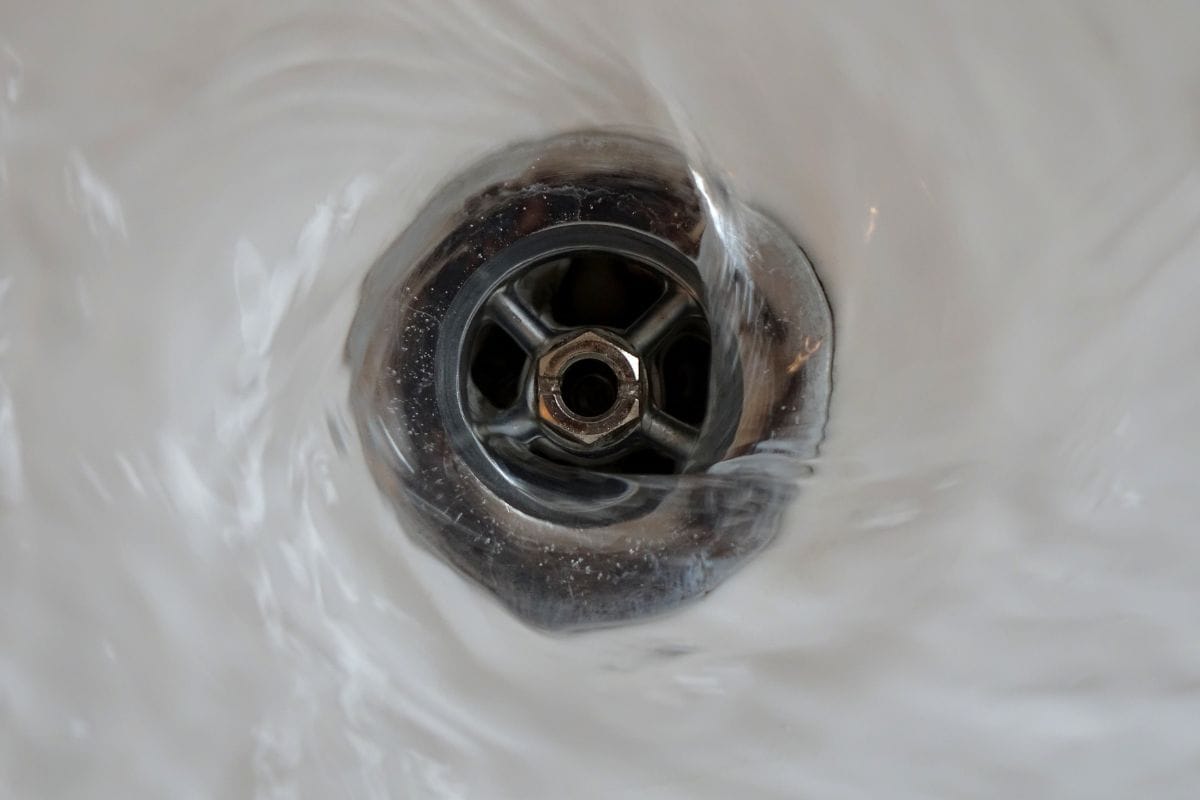
Water needs to drain out smoothly
A drainage system consists of a system of traps, vents, and clean-out valves. Traps are present and clearly visible under every bathroom sink! A drain trap is the "S" shaped portion under the sink. A drainage trap lets out the water you use n the sink while maintaining a level of water in the S-shaped portion to effectively block out sewer gas that will make your bathroom stink. Plumbers will install traps and plugs under wash basins, in pipes, and even bathtubs. Clean-out valves are placed along sewage lines to assist in the cleaning out of blockages easily. However, if you have more serious problems, like strange noises, flooding, or frequent clogs, you should always contact a drain line repair company in Austin, Houston, Dallas, or other cities where you live.
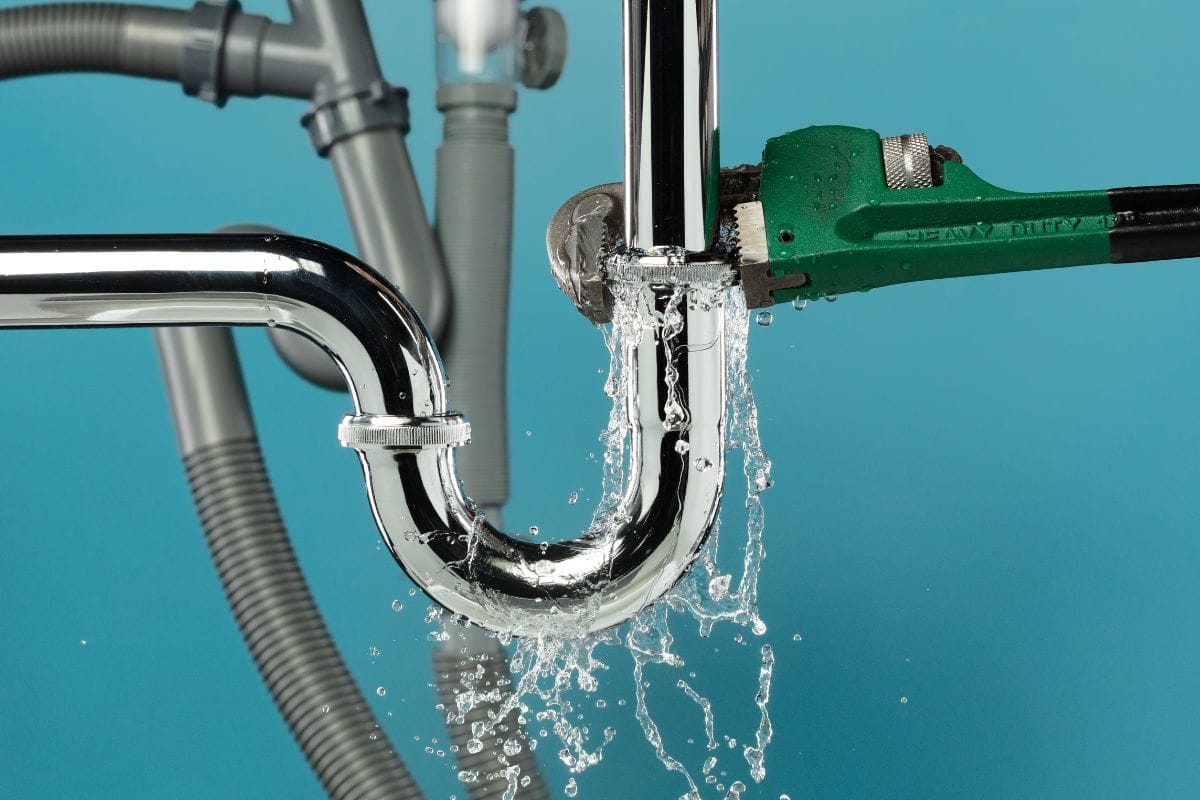
An "S" trap cross-section
The last part of the drainage plumbing system is the vent. A vent lets air in and out of the drainage plumbing pipes, letting water flow out smoothly. Drain vents are usually found sticking out of the roof of your home or in apartment blocks in shafts.
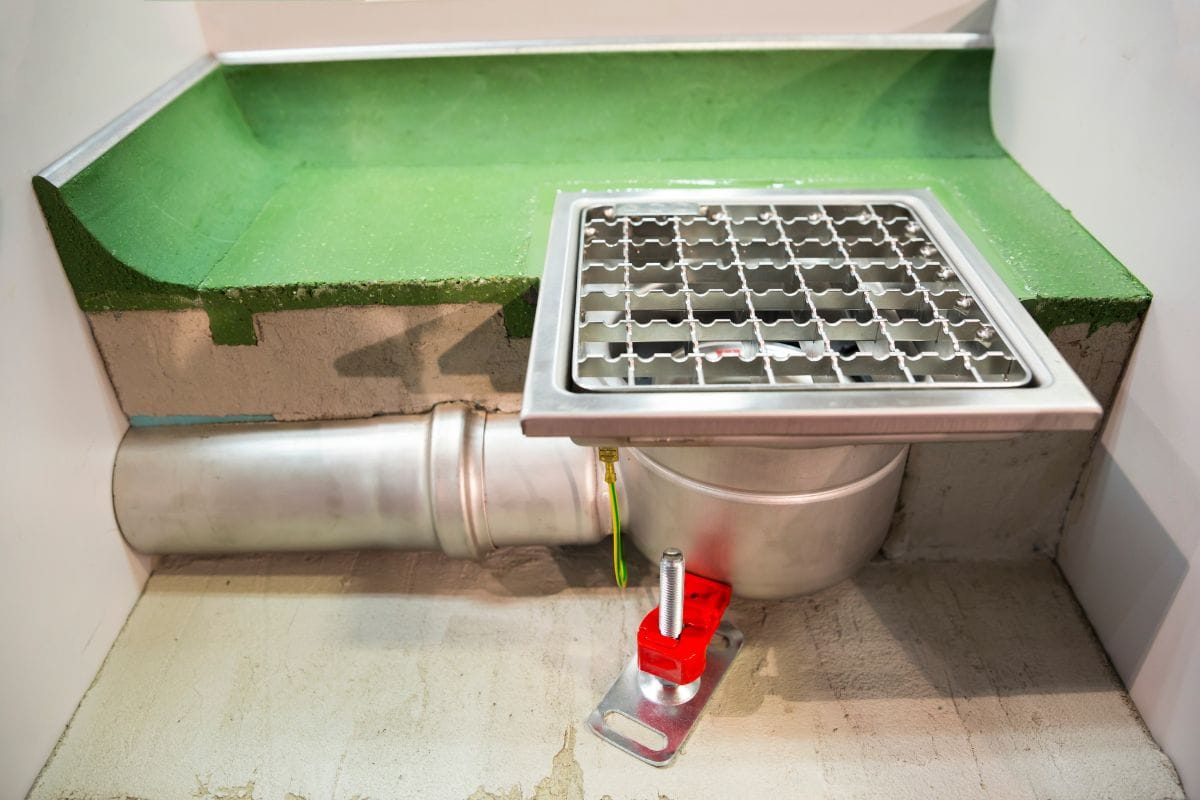
Drainage system
A drainage plumbing system is often called a drain waste vent system (DWV) and all its parts need to function correctly for wastewater to flow out of your home smoothly. Now that you understand the various parts of a drainage system you will be able to explain any plumbing problem to a professional plumber you hire clearly! Get speedy help and quick fixes for all your plumbing needs by hiring a plumber on Home Triangle now!

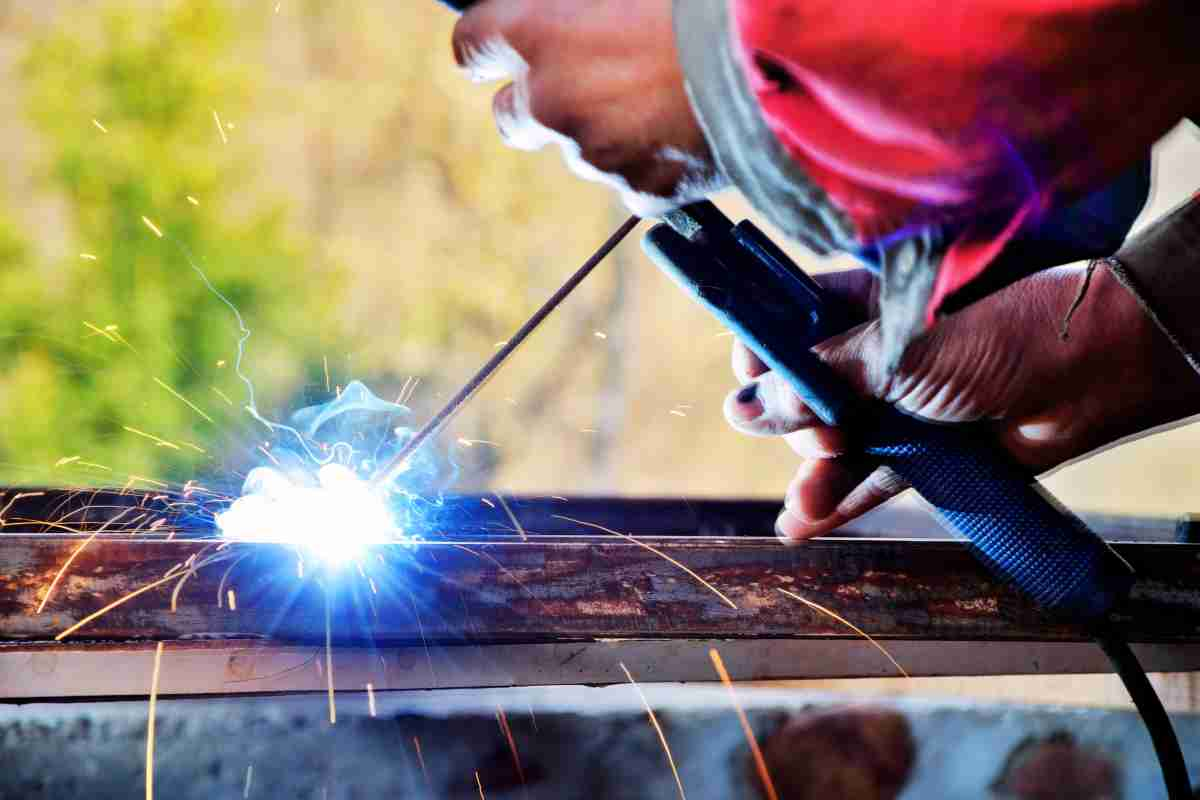
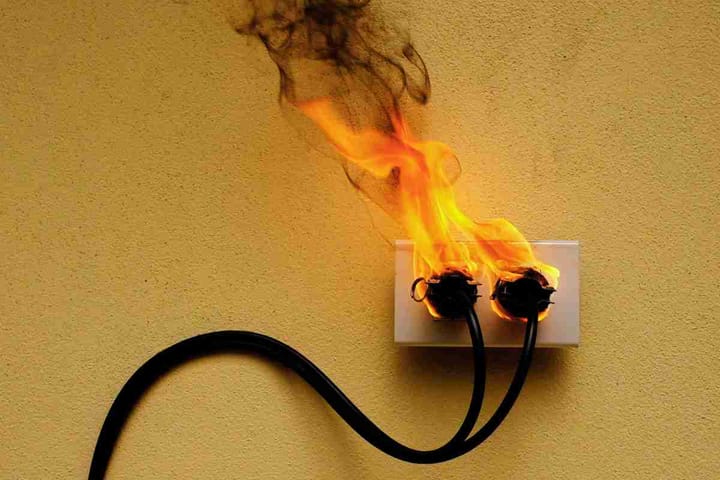
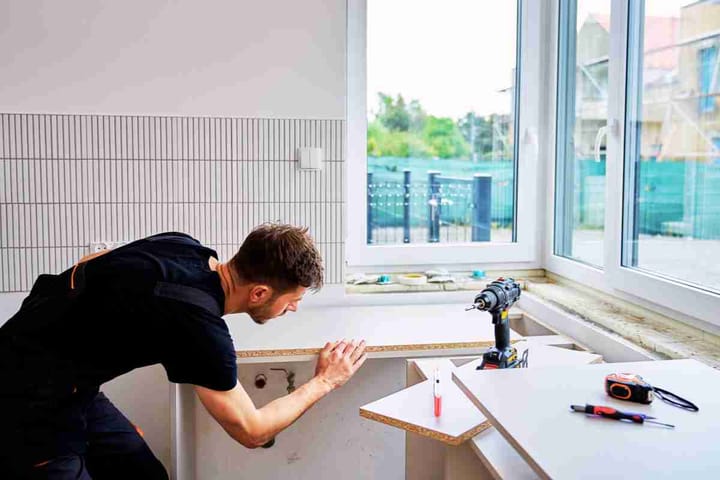
Comments ()